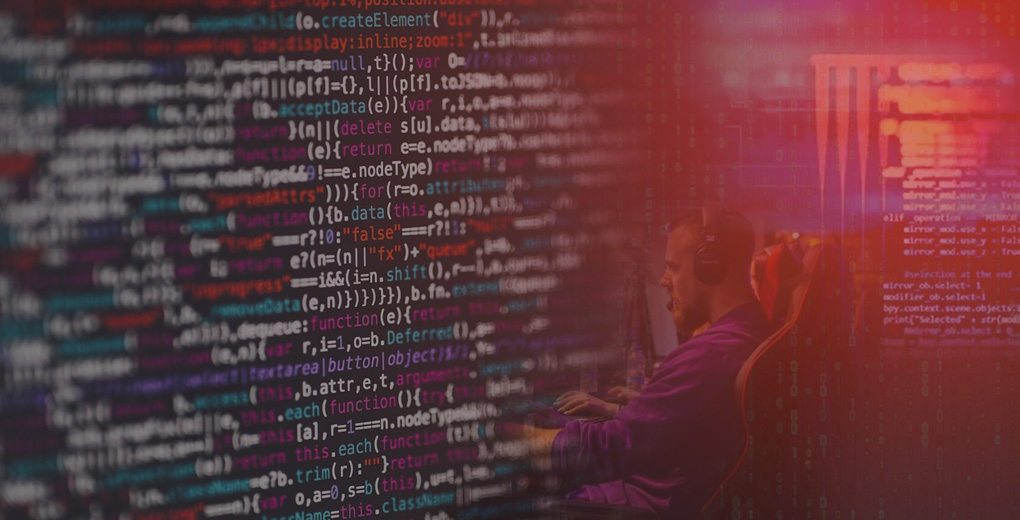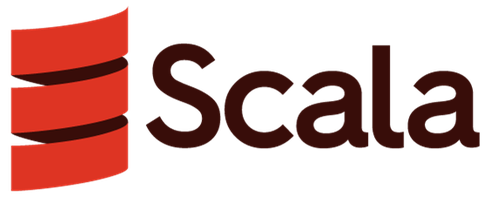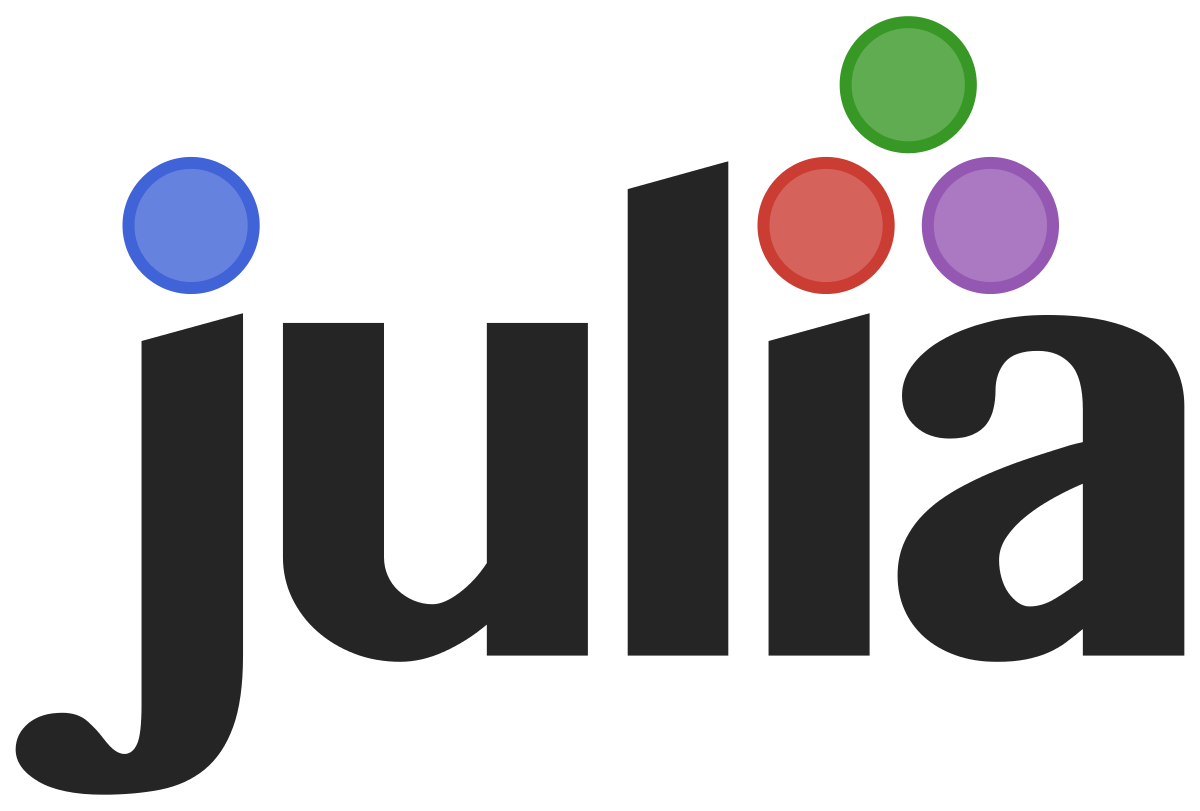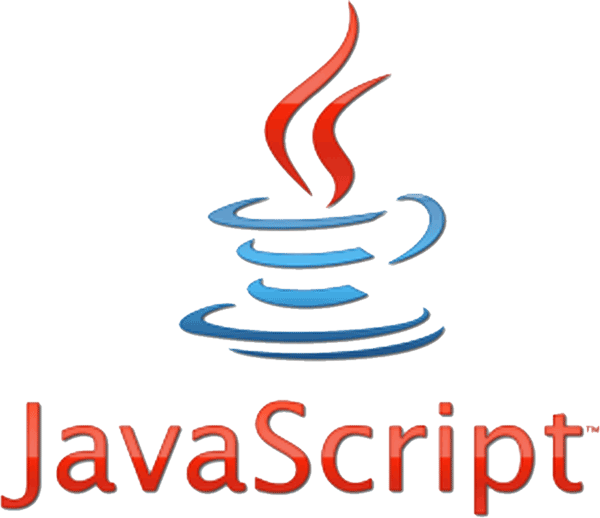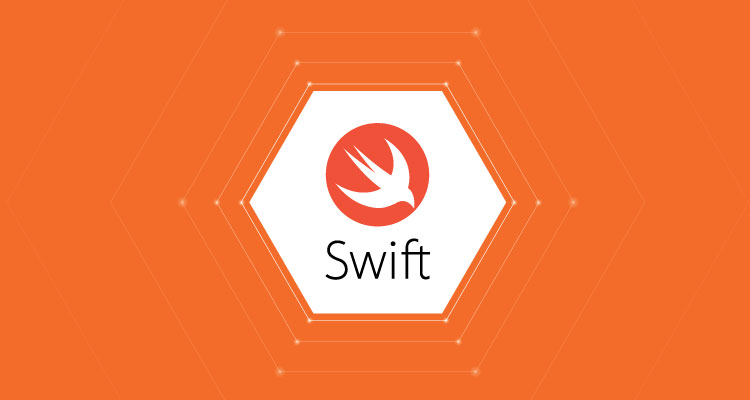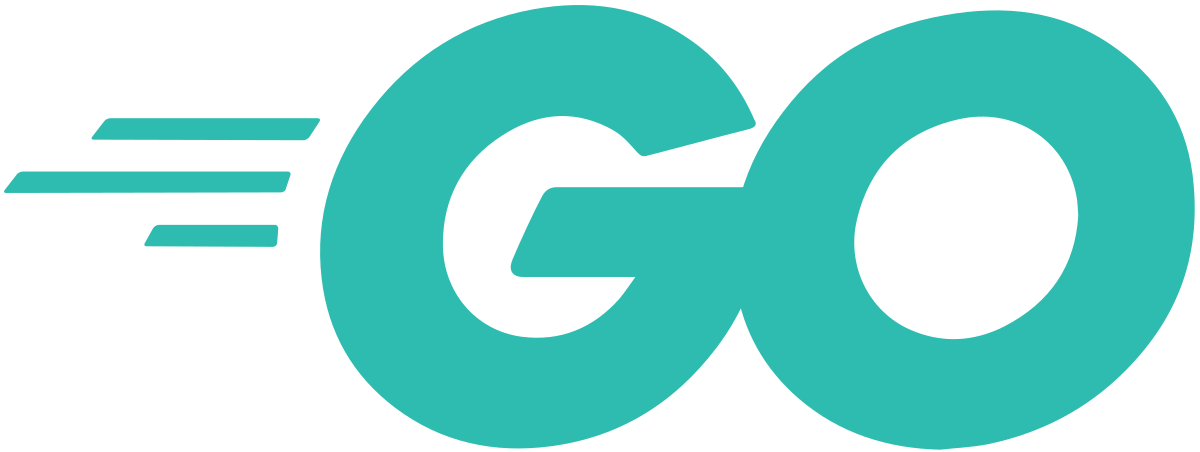Overview
- Which programming language should you pick for data science? Here’s a list of 6 powerful ones that are not Python or R
- These languages are vast in their scope and are commonly used in the data science field
- We have also provided open-source libraries for each language to help you get started with various stages of a data science project, such as data cleaning, model building, etc.
Introduction
“Which programming language should I pick up to start my data science journey?”
If I started handing out nickels for each time I saw this question – there would be a lot of millionaires! It’s easily the most popular question asked by data science enthusiasts. The answer, I’m sure you’ve seen, usually hovers between Python and R.
But here’s my question – why should we limit ourselves to these two languages? There is a whole world of programming languages we can pick up and apply in this field. And therein lies the beauty of data science – it transcends programming languages.
My aim here is to introduce a world beyond Python and R while keeping the core idea behind them. We will cover 6 powerful and useful programming languages for data science that I feel every data scientist should learn (or at least be aware of). All of these languages are open source.
And let’s face it – we love comparisons. Whether it’s Apple v Samsung, iOS v Android, MacOS v Windows (or Linux), these comparisons lead to intense discussions. So if this article sparks a debate among our community – that’s even better!
So, what are these languages and how they are used in the field of data science? Let’s find out!
Note: I have also provided open source libraries and free tutorials wherever possible to help you get started with each programming language.
Scala
Scala is a fairly common programming language. Chances are you’ve either worked on it or come across it at some point (especially if you’ve worked in IT).
Scala is an open source modern multi-paradigm programming language created by Martin Odersky in 2003. Scala stands for “Scalable Language”. It is designed to express common programming standards in a brief, elegant and type-safe way.
Let’s put it this way – if you are aware of Java’s syntax, you’ll pick up Scala in a jiffy. In fact, learning Scala will be pretty smooth if you know programming languages like C, C++ or Python. I can already see your enthusiasm starting to light up!
So, why Scala? Well, the code we write in Scala is compiled and executed much faster as compared to pure Python (and not specialized libraries like NumPy). I love Scala because of its stability, flexibility, high speed, and scalability. You can use Scala to develop useful products that work with Big Data.
Interested in learning Scala? We have the perfect article for you:
Top Scala Libraries for Data Science
- Breeze: Breeze is a library for numerical processing, like probability and statistic functions, optimization, linear algebra, etc.
- Github link: Learn more about Breeze
- Vegas: Scala library for data visualization.
- Github link: Learn more about Vegas
- Smile: Statistical Machine Intelligence and Learning Engine (Smile) is a modern machine learning library.
- Github link: Learn more about Smile
- DeepLearning.scala: It is a simple library for creating complex neural networks from object-oriented and functional programming constructs.
- Github link: Learn more about DeepLearning.scala
Julia
Julia is coming up big right now in the data science world. If you didn’t know this already, it’s time to get on board. A few experts are already claiming it as a rival to Python! It might be a little too soon for that but it gives us an idea of how useful Julia is.
Julia is a refreshingly modern, meaningful and high-performance programming language created by a group of computer scientists and mathematicians at MIT. It is open source and is commonly used for scientific calculations and data manipulations.
You’ll pick up Julia quickly if you’ve worked on R, Python or Matlab before. There even exists a scikit-learn library in Julia to help your transition. What else could a data scientist ask for?
Again the question comes up – why Julia for data science? There are multiple reasons but the primary one is that the execution speed of Julia is 10x-30x than that of Python and R.
You can refer to the below article to learn Julia for data science from scratch:
Top Julia Libraries for Data Science
- DataFrames.jl: Data structure to find numerical patterns in data.
- Github link: Learn more about DataFrames.jl
- Plots.jl: This is used for plotting APIs and toolsets.
- Github link: Learn more about Plots.jl
- ScikitLearn.jl: ScikitLearn.jl is the Julia version of the popular Scikit-learn library. It is a very popular option for building ML solutions.
- Github link: Learn more about ScikitLearn.jl
- Mocha: Mocha is a Deep Learning framework for Julia, inspired by the C++ framework Caffe.
- Github link: Learn more about Mocha.jl
JavaScript
Calling all developers! If you were looking for a way into data science without wanting to learn a new language – JavaScript is your pathway to the jackpot.
JavaScript is a powerful, lightweight, and easy-to-implement programming language. It was first launched in Netscape 2.0 in 1995 under the moniker LiveScript.
It’s good to have some basic knowledge of HTML and prior exposure to object-oriented programming concepts if you want to pick up JavaScript. This will give you a basic idea of creating online applications. This comes in especially handy when you’re deploying your machine learning models in mobile apps or in the browser.
Apart from this, JavaScript has some excellent libraries for data visualization and creating dashboards. Various machine learning techniques like gesture recognition, object recognition, music composition, etc. can be executed using TensorFlow.js, a powerful JavaScript library for data science.
You can get started with machine learning in the browser by following the steps mentioned in the below article:
- Build a machine learning model with TensorFlow.js and Python
- How to create jaw-dropping Data Visualizations on the web with D3.js
Top JavaScript Libraries for Data Science
- Math.js: Math.js is an extensive math library for JavaScript.
- Github link: Learn more about Math.js
- D3.js: D3 (or D3.js) is a JavaScript library for visualizing data using web standards.
- Github link: Learn more about D3.js
- Tensorflow.js: Powerful machine learning library for training and deploying machine learning models.
- Github link: Learn more about TensorFlow.js
Swift
Are you an Apple fan? Do you love using their various devices and their tightly-knit iOS? Well, then you’ll love Swift.
Swift is an open source, easy, and flexible programming language developed by Apple for iOS and OS X apps. Swift builds on the best of C and Objective-C, without the constraints of C compatibility. It’s actually a friendly programming language for freshers because of its concise yet expressive syntax and lightning speed to run the apps.
Swift has recently started gaining traction among the data science community. It is highly endorsed by Jeremy Howard (fast.ai’s co-founder). There are various libraries for performing tasks like numerical computation, high-performance functions for matrix math, digital signal processing, applying deep learning methods, building machine learning models, etc.
Refer to the below article to learn more about Swift for TensorFlow:
Top Swift Libraries for Data Science
- Nifty (Demo): It is a general-purpose numerical computing library for the Swift programming language.
- Github link: Learn more about Nifty (Demo)
- Swiftplot: Swift library for Data Visualization.
- Github link: Learn more about Swiftplot
- Swift for TensorFlow: is a next-generation platform for machine learning.
- Github link: Learn more about Swift for TensorFlow
- Swift AI: It is a high-performance deep learning library written entirely in Swift.
- Github link: Learn more about Swift AI
Go (Golang)
How could Google ever stay out of any data science related discussion?
Go, as the name suggests, is a programming language created by Google. Simple, reliable, and efficient software – that’s Go in a nutshell. What I like about Go is its singular focus. It keeps conflicts at bay by focusing on one method at a time (as opposed to other languages where there are multiple ways to solve a problem).
There are a great number of open source tools, packages, and resources for performing data science tasks using Go. This includes data gathering, data organization, data parsing, arithmetic and statistical computations, EDA and building machine learning models, etc.
Check out the below discussion to learn more about the important libraries in Go:
Top Go Libraries for Data Science
- Math: This package provides basic constants and mathematical functions.
- Github link: Learn more about Math
- Dataviz: Build and Visualize data structures in Golang.
- Github link: Learn more about Dataviz
- GoLearn: General Machine Learning library for Go.
- Github link: Learn more about GoLearn
- Gorgonia: It smoothes machine learning tasks and provides a platform for the exploration of non-standard deep-learning and neural network related things.
- Github link: Learn more about Gorgonia
Spark
Spark is more of a framework than a language but you’ll soon see why it’s on my list. It is very popular among data engineers and data scientists.
Spark provides:
- High-level Application Programming Interfaces (APIs) in Java, Scala, Python and R, and
- An optimized engine that supports general execution graphs
It is an open source, fast cluster computing framework which is used for processing, querying and analyzing Big Data. The advantage of Spark over other big data frameworks is that it is based on in-memory computation. This enables computations to run up to a hundred times faster.
Basic knowledge of Python is good enough for you to pick up Spark quickly.
Spark can perform various data science and data engineering tasks, such as:
- Exploratory data analysis
- Feature extraction
- Supervised learning
- Model evaluation
- Building and debugging Spark applications, etc.
Here’s the perfect article to learn Apache Spark:
Top Spark Libraries for Data Science
- Spark SQL: It is Apache Spark’s module for working with structured data.
- Github link: Learn more about SparkSql
- GraphX: GraphX is Apache Spark’s API for graphs and graph-parallel computation.
- Github link: Learn more about GraphX
- MLib: MLlib is Apache Spark’s scalable machine learning library.
- Github link: Learn more about MLib
- Spark NLP: John Snow Labs Spark NLP is a natural language processing library built on top of Apache Spark ML.
- Github link: Learn more about Spark NLP
End Notes
Don’t you love how vast the field is for data science languages? Python and R are wonderful in their own right. But my aim here was to bring out other languages that we can use to perform data science tasks.
Some of these languages you might even know right now (I’m sure all you developers are aware of JavaScript!) – you just didn’t realize you could use it for building awesome visualizations and designing models. Well, now you do!
Any language(s) you feel I should have included in the article? Connect with me in the comments section below. I look forward to hearing your thoughts, suggestions, and feedback!




